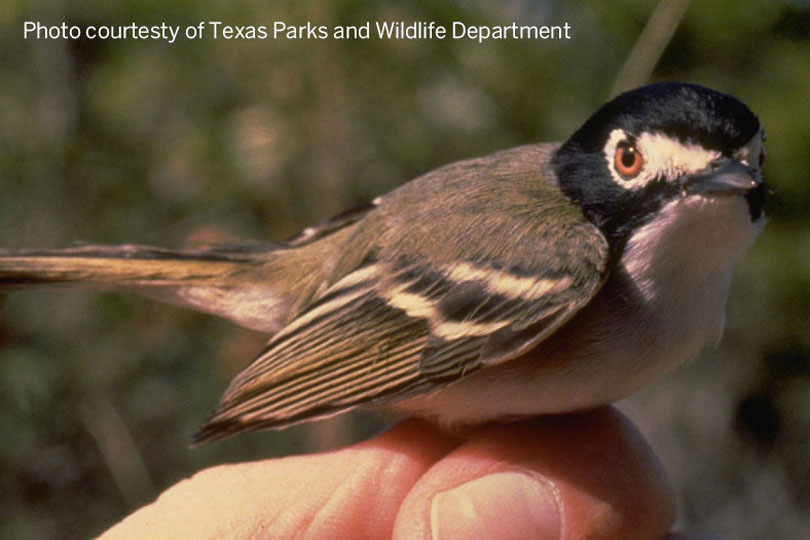The Congressional Western Caucus last week introduced 19 bills that would update and modernize the Endangered Species Act.
“Broadly speaking, there are a number of changes that are rightfully deserved,” Ryan Yates, American Farm Bureau Federation (AFBF) Congressional Relations director, said. “The last time the Endangered Species Act was updated was 1988. So, a lot of things have changed. The world has changed. Science has changed, and certainly, wildlife management has changed.”
Yates said farmers and ranchers need changes that make the ESA easier to implement.
“We were thrilled that this group of lawmakers have come together to identify a number of real solutions to focus and prioritize on simple changes that can make the Endangered Species Act work better for not only species, but ultimately for state and local governments, landowners, farmers, ranchers, that are looking for ways to make the Endangered Species Act work well for them,” Yates said.
The ESA changes will help improve efficiency of oversight while still protecting rare plants and animals, making it more effective and easier to manage, according to Yates.
The changes also will help farmers and ranchers who want to help with recovery efforts, eliminating unnecessary time and expenses in the process.
“Today, the ESA provides protections for over 1,600 domestic species,” he said. “In the 46 years of the Endangered Species Act, only three percent of those species have been successfully recovered and removed from the list. And frankly, I think we can do better. I think Congress recognizes we can do better.”
Learn more about the bills at westerncaucus.house.gov.
Initially signed into law in 1973 by President Richard Nixon, the ESA is credited with saving the bald eagle, California condor and other plants and animals from extinction. More than 1,600 species in the U.S. and its territories are currently protected by the act.

